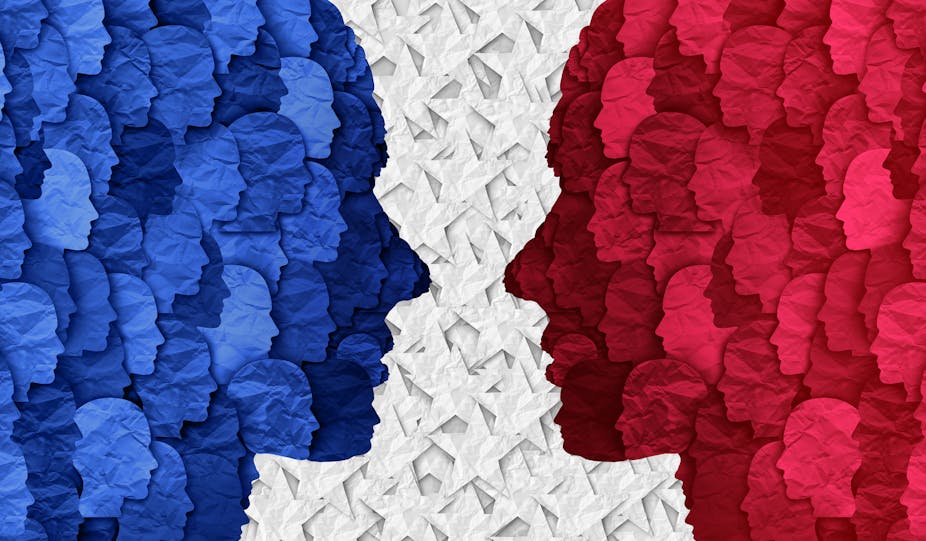Lunar science is entering a new active phase, with commercial launches of landers that will study solar wind and peer into the universe’s dark ages
For the first time since 1972, NASA is putting science experiments on the Moon in 2024. And thanks to new technologies and public-private partnerships, these projects will open up new realms of scientific possibility. As parts of several projects launching


